Could it be that the United States is the wealthiest nation on the globe? The response may astonish you.
Now, there are a few different ways to determine which countries are the richest, but for the sake of this list, we look at gross domestic product, or gdp, in current US dollars, according to information from the World Bank.
As a disclaimer, the results can widely vary from year to year based on exchange rates, and these metrics don’t account for the cost of living or inflation. While there are ways to account for those things, cultural differences and lifestyle preferences make it challenging to get a clear picture.
Here are 25 Richest Countries In The World 2022
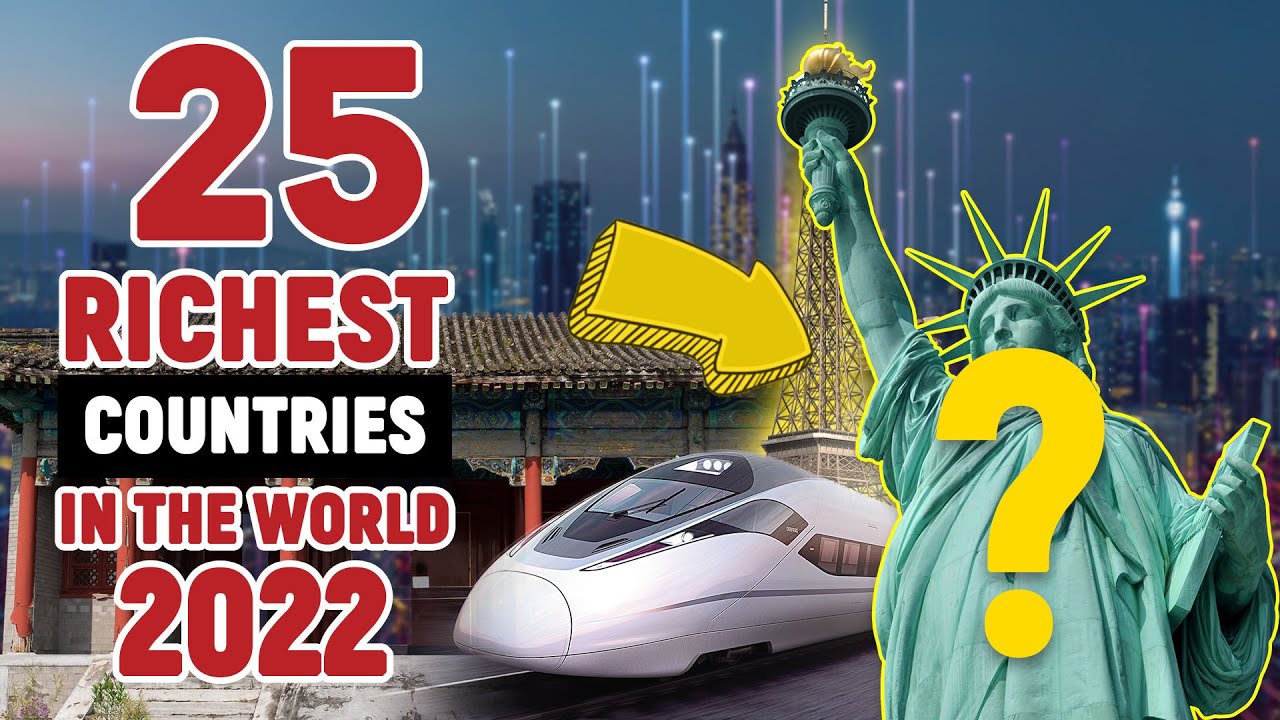
Ireland (GDP 498.5 billion)

Population 4,986,526
Ireland kicks off our list with a gdp of 498.5 billion. Ireland’s economy is largely dependent on trade, particularly in merchandise and services. Pharmaceuticals, computer software, organic chemicals, beverage brewing, and medical devices are some of the top exports.
Related: 25 Reasons Ireland Gave The World A Lot More Than Just Leprechauns
Thailand (GDP 505.9 billion)

Population 71,601,103
When you think of Thailand, you probably think of beautiful beaches and serene temples. It shouldn’t surprise you, then, to hear that 50% of this emerging market is driven by tourism and service.
Also of significance, industry contributes 40% and agriculture 10%. 10% might seem like a small percentage, but comparatively, it’s huge. In fact, Thailand is the world’s largest exporter of soybeans, sugarcane, corn, and coconuts.
Belgium (GDP 600 billion)

Population 11,611,419
While the service sector plays the largest role in Belgium’s economy, dominant industries include textiles, glass, and steel, along with a few petroleum refineries. Also worth noting? Belgium does a lot of foreign investment in engineering, particularly with automakers and heavy electrical goods.
Sweden (GDP 627.4 billion)
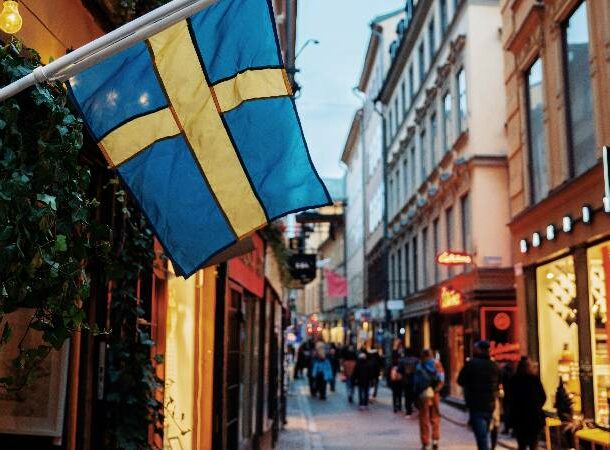
Population 10,467,097
Sweden has been marked as one of the most competitive countries on the market regarding goods and manufacturing. It places a strong emphasis on innovation and technological advancements.
In fact, Spotify and video game developers Mojang and King started in Sweden. This country is also quite open to business and trade, and they usually maintain a trade surplus, which means their export value is greater than the value of imports.
Poland (GDP 674 billion)
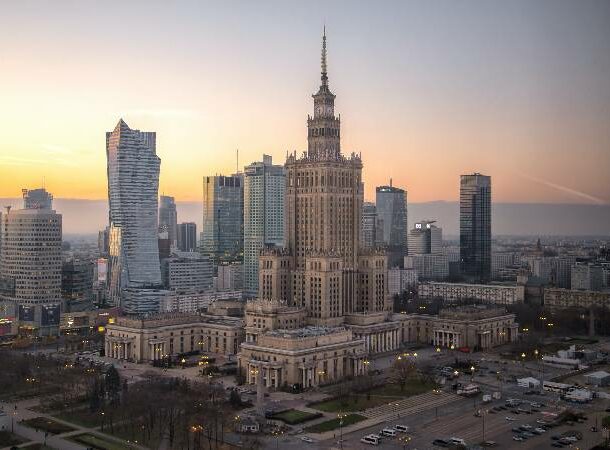
Population 38,307,726+
Poland boasts a highly diverse economy; however, the largest contributor is the service industry, at 62% of its gdp. Industry accounts for 34.2% and agriculture 3.5%. They also export machinery, electrical equipment, vehicles, furniture, and plastics.
Switzerland (GDP 812.9 billion)

Population 8,691,406
It’s not all chocolate and tall mountains—a whopping 74% of Switzerland’s GDP comes from the service sector, with financial services taking the lead. High-tech manufacturing and industry account for another 25%.
A solid infrastructure, low unemployment rates, and political stability help maintain Switzerland’s status on the world market.
Fun fact: 99% of its businesses are SMEs (small to mid-sized enterprises), with fewer than 250 employees.
Related: 25 Crazy Facts You Never Knew About Switzerland
Turkey (GDP 815.3 billion)
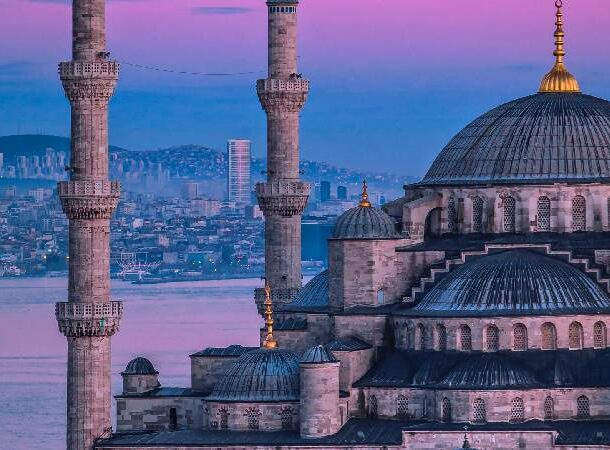
Population 84,775,404
Services and industry are the heavy hitters for Turkey. They contribute 52.7% and 31%, respectively. Turkey is also a leading producer of agricultural products, construction equipment, textiles, and home appliances.
In an overview by the World Bank, the pandemic certainly took its toll on this country, deepening gender gaps and other inequalities as well as increasing unemployment and poverty.
Saudi Arabia (GDP833.5 billion)

Population 35,950,396
Any guesses on what makes Saudi Arabia’s economy so strong? If you guessed oil, you are correct! Saudi Arabia is currently the largest producer and exporter of oil in the world.
Over the past few years, the country has tried to diversify its economy. They joined the World Trade Organization in 2005 and now produce and export a lot of industrial goods. Interestingly, the private sector contributes to 48% of the GDP.
Netherlands (GDP 1.02 trillion)
Population 17,501,696
Two-thirds of the Netherlands’ GDP is based on foreign trade and investment. Consumer spending and an increased focus on the service sector in areas such as transportation, distribution of goods, and business services play a large role. The Netherlands is also the world’s third-largest producer of agricultural goods.
Related: 25 Intriguing Facts About The Netherlands
Indonesia (GDP 1.2 trillion)

Population 273,753,191
Increasing its mark on the global economy, Indonesia comes in at number 16. While there are a few foreign companies involved, much of its economy is controlled by individual Indonesians.
There’s a heavy reliance on the domestic market and government budget spending. However, this country has become a place where businesses come to expand.
Mexico (GDP 1.3 trillion)
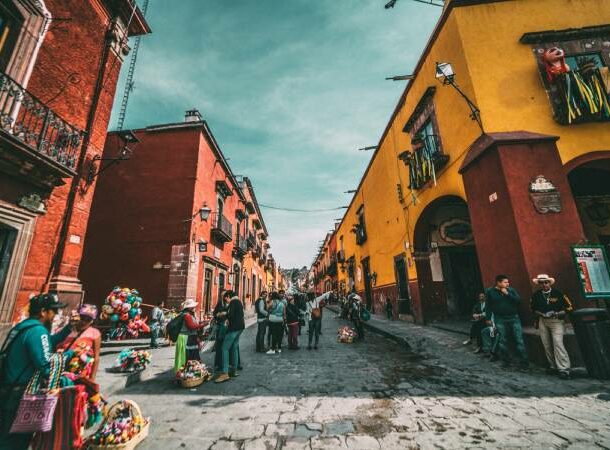
Population 126,705,138
While 44% of its population lives below the poverty line, Mexico still makes the list at number 15. Tourism and agriculture certainly play their parts, but industry, including oil, contributes 29.6% of Mexico’s gdp.
Related: 25 Best Things To Do In Mexico
Spain (GDP 1.4 trillion)
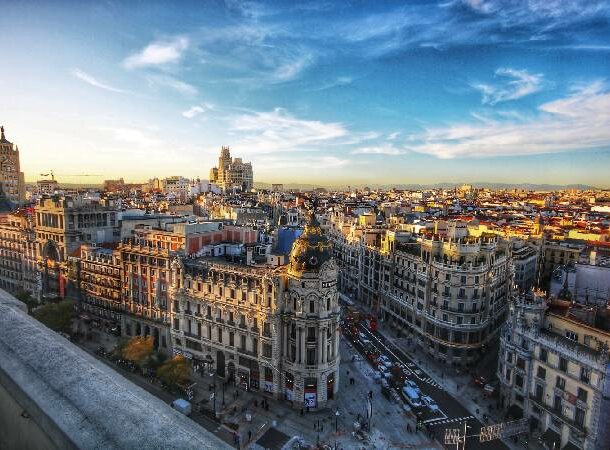
Population 47,486,935
Modernization, clear judiciary and regulatory systems, and stable financial institutions help keep Spain’s economy strong and growing. 27% of the country’s gdp comes from the industry sector, while the value of imports and exports accounts for almost 66% of their gdp.
Australia (GDP 1.54 trillion)
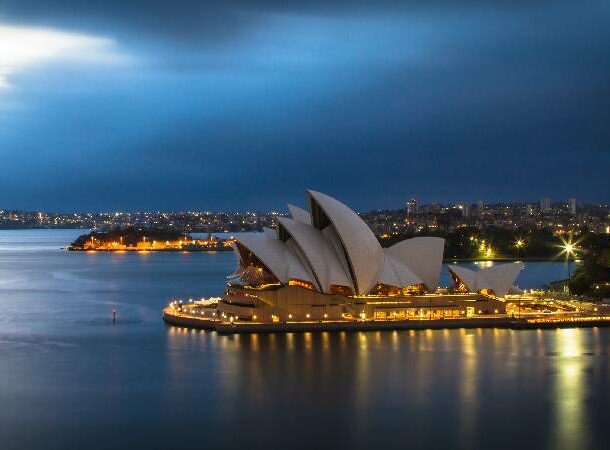
Population 25,921,089
Much of Australia’s current economic success is thanks to a new foreign policy that rolled out in 2017. This policy allows for more smooth business processes and lower entry costs. In fact, Australia ranks as the 12th best country to set up a business.
Brazil (GDP 1.61 trillion)

Population 214,326,233
Hello, rainforest! It should come as no surprise that Brazil is rich in natural resources. Because of that, a large portion of Brazil’s GDP comes from foreign investment.
In fact, Brazil has thriving trade relationships with more than 100 different countries. Additionally, the government is highly supportive of foreign investment in scientific and technological infrastructure.
Related: 25 Reasons That If Brazil Were A Person It Would Be The Life Of The Party
Russian Federation (GDP 1.78 trillion)
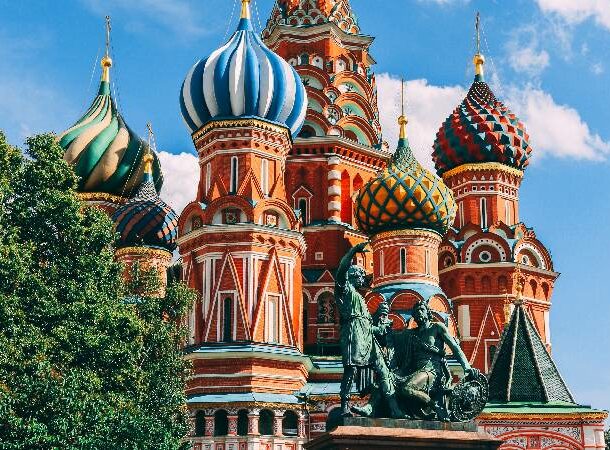
Population 145,102,755
Did you know that Russia spans 11 time zones and has natural resources estimated to be worth $75 trillion?
The main influence over the Russian Federation’s economic growth is the privatization of the energy and defense sectors—so oil, gas, and energy. Foreign trade is no small player here either, as it makes up nearly 47% of its gdp.
South Korea (GDP 1.79 trillion)

Population 51,830,139
Korea places a high value on education and innovation, so it makes sense that a portion of its economic growth springs from strong investments in research and development. The service and industry sectors contribute 59% and 38%, respectively.
One of the most impressive things about Korea’s economy is that, starting in 1960, economic growth grew 10% annually for over 30 years. Talk about rapid growth.
Related: 25 Interesting Facts About South Korea
Canada (GDP 2 trillion)

Population 38,155,012
Since 1995, Canada has been an important member of the World Trade Organization and has extensive trading ties with several nations.
The country’s diverse cultural and linguistic makeup, along with support from the government, make it a great place for both direct and indirect investments.
Related: 25 Surprising Facts About Canada You Probably Didn’t Know
Italy (GDP 2.1 trillion)
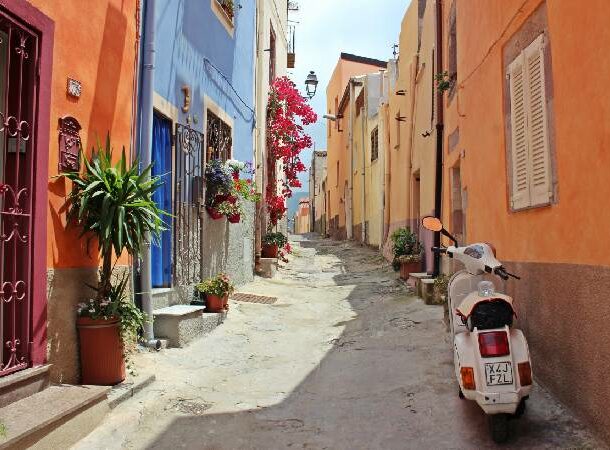
Population 59,240,329
While we’re pretty sure it doesn’t all come from exceptional pastas and wines, consumer goods largely influence Italy’s economy. 30% of its GDP comes from exports of services and goods.
France (GDP 2.9 trillion)

Population 64,531,444
Unsurprisingly, tourism makes up a large part of France’s economy, as it’s one of the most visited destinations in the world. Foreign trade and a high standing on the World Bank’s ease of doing business index contribute to this as well.
Related: 25 Crazy Facts About The Tour de France You Might Not Know
India (GDP 3.2 trillion)
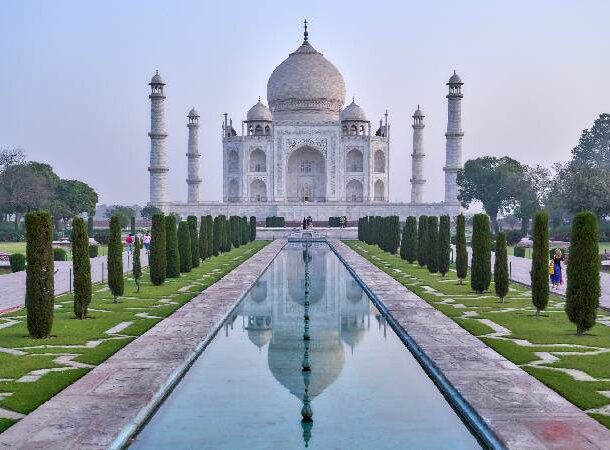
Population 1,407,563,842
As we’ve seen already, key policy changes can really impact a country’s economy. India is another such example, and thanks to said policy changes, doors have opened for a stronger presence of foreign direct investments.
Running a business has also been made easier as the government has simplified licensing procedures and reduced minimum capital requirements.
United kingdom (GDP 3.2 trillion)
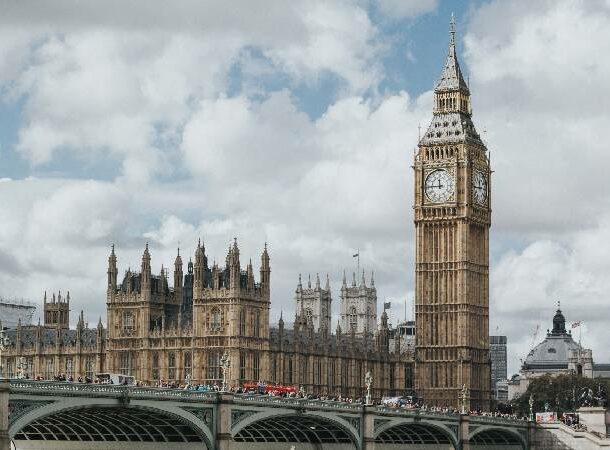
Population 67,281,039
To be clear, we are not just talking about England. The UK also encompasses Wales, Scotland, and Northern Ireland.
High rankings on the ease of doing business scale and global competitiveness reports are positive signs of the UK’s economic strength. With finance in the lead, the largest portion of the UK’s GDP comes from the service sector at 81%.
Germany (GDP 4.2 trillion)
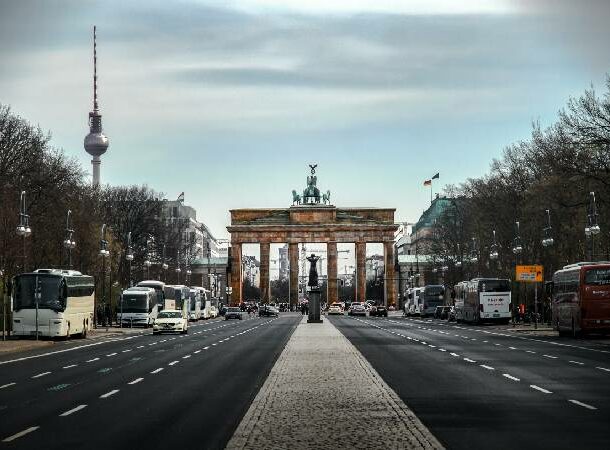
Population 83,408,554
When you think of Germany, you might think of hard work and precision, or maybe you jump straight to Oktoberfest and beer.
Regardless, Germany boasts booming service industries such as telecommunications, tourism, and healthcare. Add to this a solid infrastructure and technological prowess, and you’ve got yourself a thriving economy.
Japan (GDP 4.9 trillion)

Population 124,612,530
Much of Japan’s economic prosperity comes from being the world’s largest producer of electronic goods. Surprise, surprise. It’s also the 3rd largest manufacturer of automobiles. Japan often benefits from a trade surplus and is known for having a highly skilled workforce.
China (GDP 17.7 trillion)

Population 1,425,893,465
While economic growth in China has had recent challenges due to the pandemic and regulatory crackdowns, it still ranks as the second richest country in the world. China has built most of its current economic power from large-scale investments and trade.
The country’s industrial sector contributes almost 40% of its gdp; this includes manufacturing, mining, and construction. 54.5% of its GDP comes from the service sector.
United states (GDP 22.9 trillion)

Population 336,997,624
Coming in at No. 1? Yes, it is indeed the United States. Government structure, strong research universities, and a rich entrepreneurial environment, among many other factors, all work together to build and maintain a strong economy.
What’s the biggest contributor, numbers-wise? Well, 21% of the country’s gdp comes from the finance, insurance, real estate, rental, and leasing industries—and if you live here, that comes as no surprise.



























